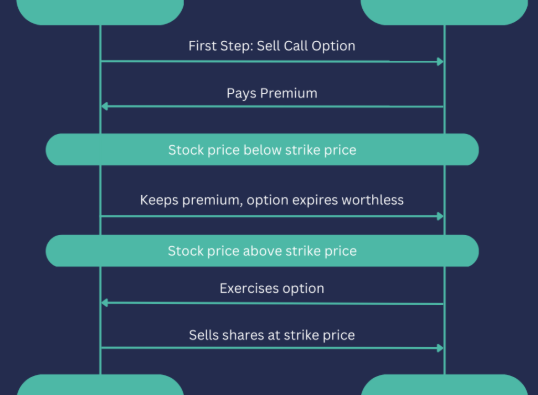
For investors seeking both steady income and long-term growth, value investing in dividend growth stocks remains a compelling strategy. Combining the principles of value investing with the benefits of rising dividends, this approach emphasizes the selection of financially sound companies that reward shareholders through consistent dividend increases. In the unpredictable financial landscape of 2025, this strategy offers a balanced path to building wealth.
What Does Value Investing Mean?
Value investing is centered around buying stocks that are trading below their perceived intrinsic value. Investors who adopt this method rely on fundamental analysis to uncover solid businesses that the market has undervalued. The idea is simple: identify companies with strong financials and competitive advantages, invest at a discount, and hold for the long term as their true value is recognized by the market.
The Essence of Dividend Growth Stocks
Dividend growth stocks are companies that not only pay regular dividends but have a history of increasing those payments over time. These are typically well-managed businesses with consistent earnings and a strong track record of profitability. Unlike high-yield stocks that may offer large payouts but little reliability, dividend growth stocks signal stability and a disciplined approach to capital allocation.
Investors are drawn to these stocks for the dual benefit of income and the potential for capital gains. Over time, rising dividend payouts contribute to total returns and offer a cushion during market volatility.
How to Spot Undervalued Dividend Growth Stocks
Identifying the right dividend growth stocks at a fair price involves a combination of financial analysis and strategic evaluation. Here’s what to focus on:
- Review Dividend Growth Trends
Examine whether the company has consistently increased its dividend over several years. A strong track record of dividend growth often indicates financial discipline and long-term profitability. - Study Financial Health
Analyze the company’s balance sheet, income statement, and cash flow to ensure it has the resources to support ongoing dividend payments. Look for stable earnings, manageable debt, and positive free cash flow. - Evaluate Payout Ratios
Check how much of the company’s earnings and cash flow are being used to pay dividends. Lower ratios suggest a greater buffer to maintain or grow dividends in tough times. - Understand Dividend History
Consistent payment history, especially during economic downturns, demonstrates reliability. Avoid companies with erratic or frequently suspended dividends. - Compare with Industry Peers
Benchmark a company’s dividend policy and payout against its competitors. This comparison can reveal how shareholder-friendly its approach truly is. - Look at Long-Term Growth Prospects
Beyond current stability, assess future earnings potential. This includes evaluating market trends, innovation, and competitive positioning. - Assess the Moat
A strong competitive edge—whether it’s brand strength, operational scale, or proprietary technology—helps ensure that the company can maintain profitability and dividend growth.
Advantages of Investing in Dividend Growth Stocks
- Regular Income: Shareholders benefit from predictable dividend payouts that can supplement income needs.
- Potential for Appreciation: Solid fundamentals can lead to share price growth in addition to dividend income.
- Lower Risk Exposure: These stocks generally demonstrate less volatility than non-dividend-paying peers.
- Hedge Against Inflation: Rising dividend payments can help protect purchasing power over time.
- Compounding Effect: Reinvesting dividends enhances total return through the power of compounding.
Key Considerations for Dividend-Focused Value Investing
To make the most of this strategy, keep the following in mind:
- Prioritize companies with sustainable dividend growth, not just high initial yields.
- Diversify across multiple sectors to reduce exposure to individual industry risks.
- Use valuation metrics like P/E ratios and dividend yield to identify undervalued opportunities.
- Focus on businesses with stable cash flows and prudent financial management.
Potential Risks to Keep in Mind
While this approach offers stability, it’s not without risk:
- Market Fluctuations: Even high-quality dividend stocks can suffer during downturns.
- Recession Impact: Earnings may decline in weak economies, putting pressure on dividends.
- Industry Disruption: Technological changes or market shifts may erode a company’s relevance.
- Regulatory Challenges: Changes in policy can affect specific sectors, potentially affecting profitability and dividend capacity.
Final Thoughts
Incorporating behavioral discipline and sound analysis, value investing in dividend growth stocks provides a resilient strategy for navigating uncertain markets. While no investment is without risk, choosing companies with strong fundamentals, a commitment to rewarding shareholders, and a long-term perspective can help investors generate both income and capital growth.
By carefully analyzing financials, assessing dividend sustainability, and staying attuned to industry trends, investors can build a portfolio that stands the test of time—offering both peace of mind and the potential for meaningful returns.








